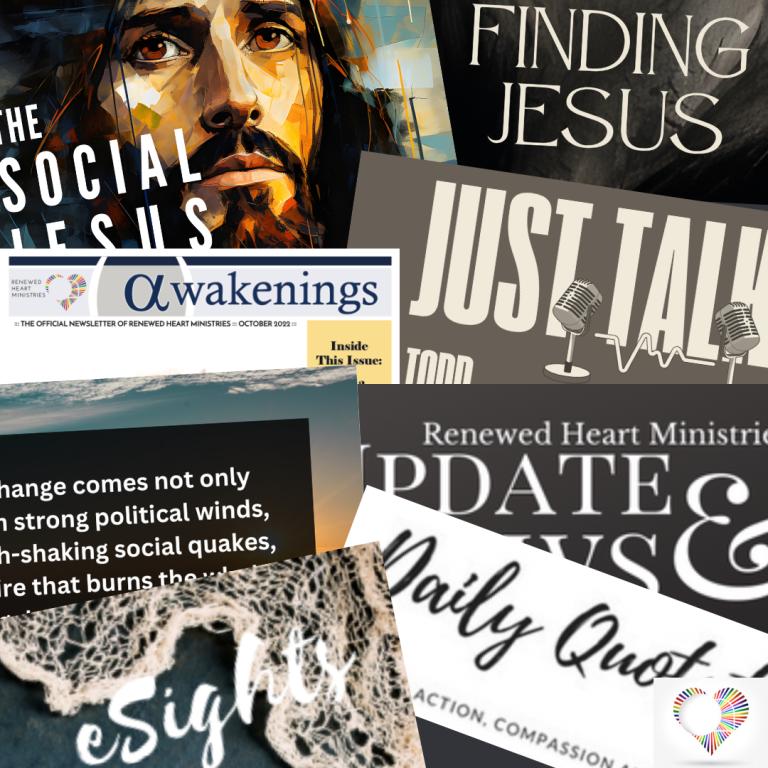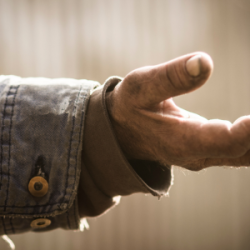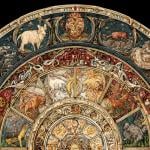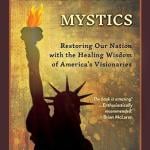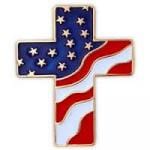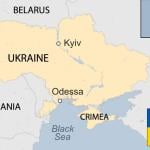
Our title this week is Salvation from the Margins, and our reading for the second weekend of Advent is from the gospel of Luke:
Welcome Readers! Please subscribe to Social Jesus Here.
In the fifteenth year of the reign of Tiberius Caesar—when Pontius Pilate was governor of Judea, Herod tetrarch of Galilee, his brother Philip tetrarch of Iturea and Traconitis, and Lysanias tetrarch of Abilene—during the high-priesthood of Annas and Caiaphas, the word of God came to John son of Zechariah in the wilderness. He went into all the country around the Jordan, preaching a baptism of repentance for the forgiveness of sins.
As it is written in the book of the words of Isaiah the prophet:
“A voice of one calling in the wilderness,
‘Prepare the way for the Lord,
make straight paths for him.
Every valley shall be filled in,
every mountain and hill made low.
The crooked roads shall become straight,
the rough ways smooth.
And all people will see God’s salvation.’ ” (Luke 3:1-6)
One of the things I appreciate about the gospel of Luke is its emphasis on distributive justice. The author of Luke models their gospel on the Hebrew justice tradition. Certain prophets began their writings in the same way:
The words of Jeremiah son of Hilkiah, one of the priests at Anathoth in the territory of Benjamin. The word of the LORD came to him in the thirteenth year of the reign of Josiah son of Amon king of Judah, and through the reign of Jehoiakim son of Josiah king of Judah, down to the fifth month of the eleventh year of Zedekiah son of Josiah king of Judah, when the people of Jerusalem went into exile. (Jeremiah 1:1-3)
The author of Luke’s gospel begins similarly, by listing those in power: The list of Roman rulers and their clients begins with Tiberius and Pilate, and ends with the regional conduits of Roman rule, Herod, Annas, and Caiaphas. This emphasizes again what we have said so often recently: the high-priesthood in Jerusalem (Annas and Caiaphas) extended the Roman government in Judea, as did Herod in Galilee. They were more than merely religious figures in the rituals of the Temple, they were also political rulers in the Temple State established and overseen by Rome. This explains why Jesus’ Temple protest at the end of this account wasn’t about maintaining the purity of religion as much as it was about Rome economically exploiting the people through the priesthood. This is why Jesus’ protest landed him on a Roman cross as an enemy of Rome itself.
Next, Luke’s gospel introduces to us John the Baptist as an adult. We have already been introduced to John through the story of his birth and childhood in Luke chapters 1 and 2. John was the son of a priest. He belonged to the priesthood. Yet when John became an adult, he turned his back on being part of the system and the priesthood his genealogy entitled him to be a part of. Rather than taking up the vocation of priest, John chose something different. He chose to embrace not the priestly tradition but the parallel Hebrew justice vocation of prophet. The vocations of priest (the establishment) and prophet (those who spoke truth to power when the establishment practiced injustice) were often in tension with one another. Luke’s gospel characterizes John as seeking to bring change not from the inside, from the seats of power, but from the outside speaking in. His is a voice in the “wilderness.” And this detail cannot be lost on us because it offers a bit of wisdom for many of us who feel we are in the wilderness now looking at our own political landscape.
We’ll unpack this a bit further, next.
(Read Part 2)
Are you receiving all of RHM’s free resources each week?
Begin each day being inspired toward love, compassion, justice and action. Free.
Sign up at:
https://renewedheartministries.com/Contact-forms/?form=EmailSignUp
